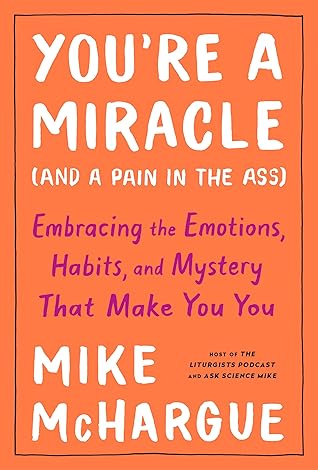More on this book
Community
Kindle Notes & Highlights
Read between
June 30 - June 30, 2020
third level of consciousness, mostly because they have a unique set of feedback loops devoted to understanding time.
Evolution has been driving our branch of the tree of life in the direction of social collaboration—and competition—since dinosaurs ruled the earth.
cycle, in which a community begins with symbiotic joy before sliding into mission drift, power struggles, backbiting, and, ultimately, a split or dissolution.
I’ve experienced considerable pain, and I don’t always have the best strategies for coping with it.
When someone does something that pricks a past wound, intentionally or not,
I’ll react in a way that protects against a past woun...
This highlight has been truncated due to consecutive passage length restrictions.
when “you” becomes a plural pronoun, the hidden forces that shape us grow exponentially more complex.
It’s hard enough to manage our own shadows, much less a room full of them.
babies don’t show any preference for a particular caregiver.
they begin to form a preference for a primary caregiver.
(beginning around seven months).
babies in this stage have a strong preference for one particular caregiver.
The child also becomes fearful of people they don’t know (called stranger anxiety).
(beginning around ten months).
All an infant’s brain understands is if their care is consistent and supportive, or not.
Attachment theory says that much of the way people approach relationships is shaped in the first year of life.
I can know a lot about what life was like for me as a baby based on how I behave in relationships now.
offers tremendous insights on how we behave in long-term relationships with others based on our attachment style.
People with secure attachment tend to be confident in relationships and self-assured. They feel comfortable asking for support when they need it, and just as easily offer support when their partner needs it.
parents who were supportive sometimes, but not consistent.
They can be clingy, jealous, or demanding when they feel insecure, and may even “test” a relationship by creating conflict.
looking for someone to complete them.
As adults, they launch preemptive strikes against rejection by hiding their need for connection with the people they love.
detached or aloof in relationships,
They’re in a constant “push-pull” cycle trying to draw others near enough to meet their needs while keeping them at arm’s length as a defense.
lean into their partner for safety, but start feeling trapped once they get close enough to feel safe.
Research tells us around 60 percent of people are secure types.
Another 20 percent are anxious, and the remaining 20 ...
This highlight has been truncated due to consecutive passage length restrictions.
secure types don’t mix well with avoidant types, statistically,
anxious types do better with other anxious types than they do with secure types.
Our brains are sophisticated enough to create a mix of strategies based on experiences with different caregivers.
Your attachment style isn’t a “life sentence.” You didn’t do anything to shape it, but understanding your attachment style can free you from maladaptive behaviors in relationships.
Ron doesn’t let me offer “I feel like” responses; he says those are thoughts, not feelings.
I sat still and waited to see what I felt in my body.
“I don’t feel anything at all,” I said. “Not warmth, not tightness, not anything. I never believe it when someone...
This highlight has been truncated due to consecutive passage length restrictions.
it’s good that you told me. I know it can be hard for you to share things like that.” Then Ron asked me, “What’s behind that?”
ALMOST EVERY TIME I listen to my body, it says, “Let’s go get a pizza.” But not this time.
Ron said to keep waiting, because it meant feelings were on the way. Then a dam broke, and I started to sob.
I felt shame over who I am, and terror at the idea of Hillary ever finding out.
That was the moment I knew that Ron was a good therapist for me—he knew my brain was a storytelling machine. In order to be present now, I needed the promise that I could explore an explanation later.
something remarkable happened: I remembered my childhood. That never happens to me.
most of my life before high school was cloaked by dense...
This highlight has been truncated due to consecutive passage length restrictions.
I remembered my teacher’s face, etched with concern as she watched my classmates tease me with such ferocity that she couldn’t maintain order in the class. I was a fat, little autistic kid, and the way I interacted with other children was a magnet for mockery and scorn.
I remembered how powerless and defeated she looked
You often don’t feel safe in relationships now, because you were not safe in relationships as a child. Your nervous system views reaching out as dangerous, and your brain has stored that as trauma.”
This is why I am a forty-year-old man who never texts or calls people. Not my friends. Not my family. Not my wife or children. Whenever I try to do so, my brain offers me a sense of unease, fear, or even panic.
It’s safest to sit in time-out, alone with my thought...
This highlight has been truncated due to consecutive passage length restrictions.
But people grow when they are loved well, and I am loved very well by...
This highlight has been truncated due to consecutive passage length restrictions.
people who are persistently present, but noncoercive. People who love me without an agenda.
not only pushes past my reticence to reach out, but delights in every strange, quirky, or bizarre part of my personality.


